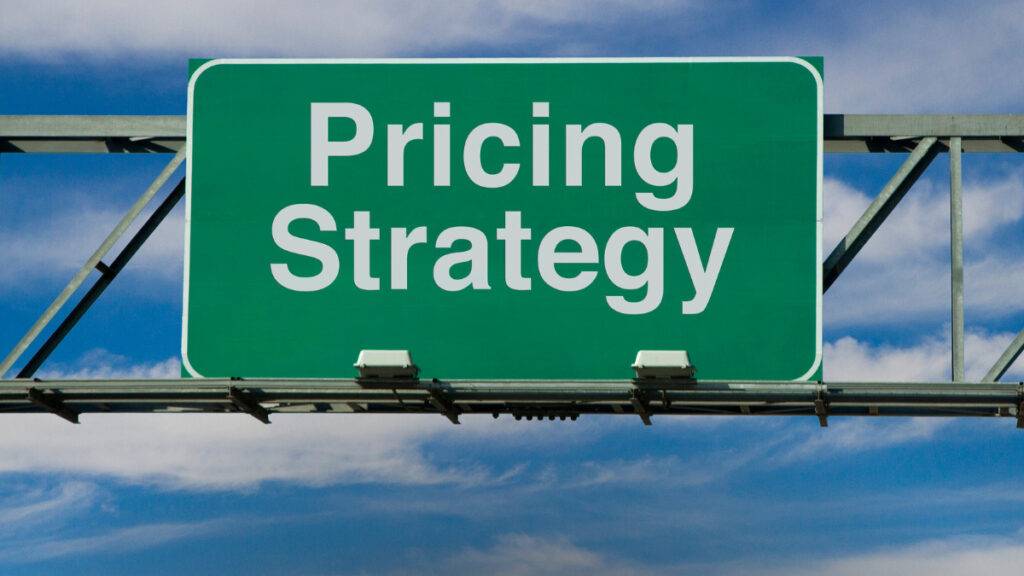Developing a sales proposal is not as easy as it sounds. It requires more than your company’s contact information, product details, pricing, forms of payment, and conditions. What actually determines whether a customer says “yes” or “no” is the credibility you’ve established, not the proposal itself.
Of course, using a template makes the proposal more streamlined, but it can also reduce your attentiveness to the actual needs of the customer, especially when your contact with the customer is limited to conference calls or Skype, for example.
Therefore, to avoid mistakes when creating a sales proposal, here are 6 mistakes you can’t afford to make.
1. Use pre-ready templates for all proposals
Many salespeople tend to fall into the trap of the standardized proposal.
Some companies provide a template that salespeople can use to build a presentation.
Salespeople use these templates because of their fancy designs and bold wording, even though these templates provide little emphasis on the solution, which is what the prospect is actually looking for.
There’s nothing inherently wrong with using template to save time. The key is customizing the template for each customer.
For instance, if it is a more complex or detailed offer, using a template can help you avoid basic mistakes and oversights as long as it is tailored to focus on the expectations of the potential customer.
2. Send the sales proposal instead of submitting it
Another common mistake is sending the proposal instead of presenting it. Whether your business is online or offline, it’s natural that the prospect will questions about the proposal and the benefits of using your solution. Therefore, you should schedule a day and time for the proposal to be presented in person or via a call.
Thus, all issues can be addressed in real time, leaving both the salesperson and buyer on the same page as to whether they will take the next step to close the deal or end negotiations.
3. Discuss the price without pointing out the value of the solution
Every salesperson has surely lost or nearly lost a new customer who found the price expensive. But what is expensive? A BMW is more expensive than a Toyota Camry, but more people covet the former than the latter. This is because we know what differentiates one car over another. The same is true of your company and its products.
Therefore, when making a proposal, the price must be tied to the value that the customer will receive after implementing your solution. This means communicating the characteristics and advantages of your product or service in relation to the market that justify your price.
4. Do not review the clauses of the proposal
Templates contain the terms and conditions both parties must agree to follow. However, it is common for companies to change their contractual conditions from time to time, and if you use an old template that has not been updated, this can lead to problems during or after the negotiation.
Therefore, before showing a proposal to a customer, make sure that the clauses are updated to avoid misunderstandings.
5. Create extensive and overly technical proposals
Have you ever had the impression that a prospect is sleeping on the other end of the line while you talk about the proposal over the phone or Skype? This happens when the proposal is too long and technical.
To avoid losing a potential customer’s attention, try to create presentations that are easily understood, and straightforward because the customer will only buy from you if everything is clear and objective.
So, you know those extensive presentations with more than 50 slides that give a detailed overview of the company, its history, its merits, and its customer base, before reaching the crucial point of the sales proposal? Well, get rid of them. They may look beautiful and impressive when shown at a seminar, but not when it comes to closing a deal.
6. Do not schedule a day and time for final decision
As we said before, presenting a proposal is much more effective than simply sending it. But there are cases when you can’t avoid sending it. For example, when sending a proposal to a manager and their director, the only option might be sending it by email so that both of them can evaluate it and make a decision.
However, if you send the proposal and fail to mark a day and time for the prospect to give you an answer, the control is in their hands, not yours.
As a salesperson, you always want to maintain control of the sales process. You don’t want an undecided customer on your radar when you could be contacting other leads who want to buy your solution. Therefore, it’s essential to schedule a date for the prospect to give you a final answer.
For example, you might say, “I am now sending the proposal to your email so you and your manager can review it. Can you call me tomorrow at 10:00 a.m. to tell me what you’ve decided?”
There are times when prospects ask for more time to analyze the sales proposal. While they genuinely might need more time, this can cause a salesperson to fall into the trap over bombarding prospects in order to get a response.
Ideally, you should restrict the number of follow-ups to at most two or three. After that, if the prospect still hasn’t made a decision, it is best to end the negotiation.
By taking these precautions, you will develop more effective proposals that convert into more sales. Want to discover how to develop effective proposals, as well as contracts and budgets? If so, contact us to learn more!
Learn more about sales pipeline by clicking here.




